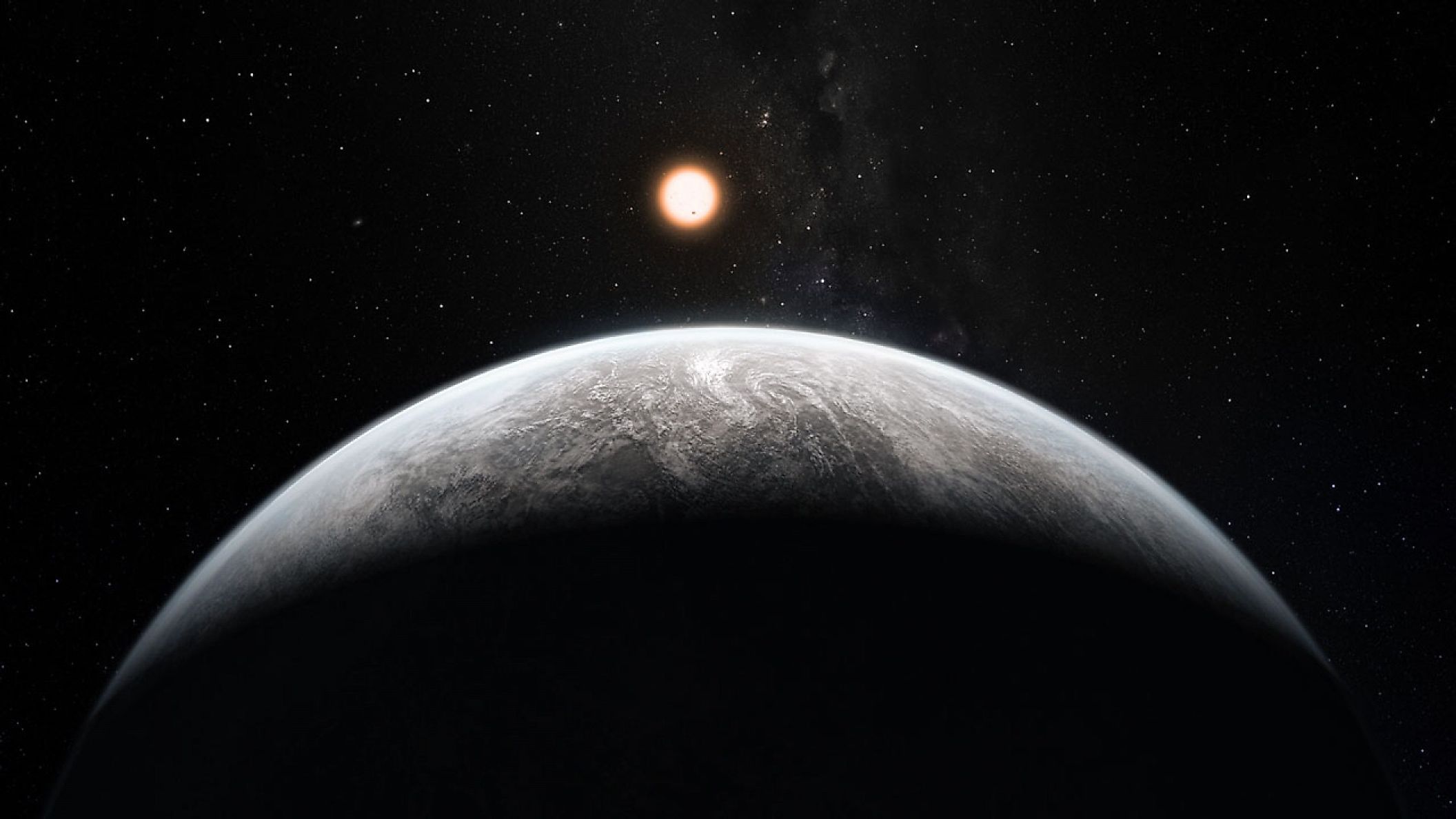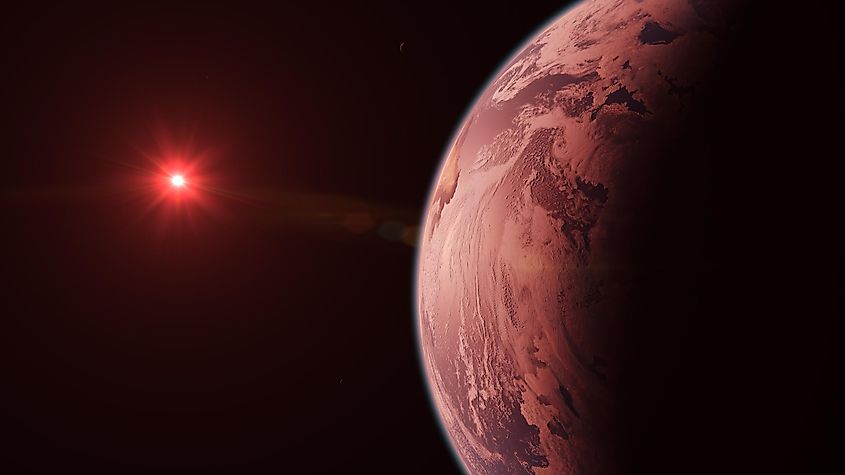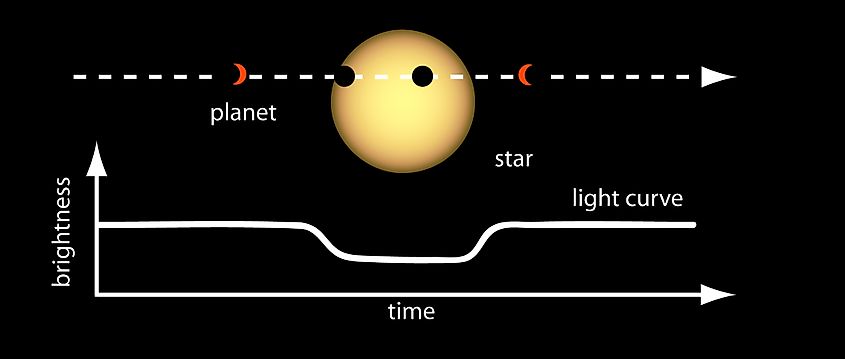
Scientists Discover New Class Of Exoplanet
Since the discovery of the first exoplanet in 1995, scientists have confirmed the existence of over 5,200 exoplanets. It was once assumed that planets were rare, yet it is now believed that they likely outnumber the stars themselves, and every star is orbited by at least one planet on average. Our galaxy alone likely contains hundreds of billions of individual planets, and so scientists have only scratched the surface in terms of what is out there. There are likely entirely new classes of planets waiting to be discovered, and a recent study suggests that scientists may have found one.
Exoplanets And Red Dwarfs

The new type of exoplanet is one that is composed of 50% rock and 50% water, either in the form of ice or liquid water. Scientists recently discovered this new class of planet orbiting red dwarf stars. Red dwarf stars are the most common type of star in the universe. In fact, red dwarfs make up roughly 70% of all the stars in the universe. Furthermore, the majority of confirmed exoplanets, including potentially habitable worlds, have been found orbiting red dwarfs. This is due not only to the fact that red dwarfs are so common, but also that current methods for detecting exoplanets have an easier time detecting them around smaller, dimmer stars like red dwarfs. Since red dwarfs are orbited by the majority of confirmed exoplanets, scientists have long tried to determine the feasibility of planets becoming habitable around them. Whether or not planets can develop habitable conditions around red dwarfs remains a mystery due to several factors. For example, in order for an exoplanet to orbit within the habitable zone of a red dwarf, it has to orbit extraordinarily close. Since red dwarfs are significantly colder than other types of stars, their habitable zone is located much closer to the surface of the star. The habitable zones of red dwarfs are typically closer to the star than Mercury orbits the sun, and this close distance poses some other problems, such as increased risk from solar storms and tidal locking of a planet’s rotation. However, one of the biggest problems in determining the habitability of exoplanets around red dwarfs is the difficulty in knowing the composition of an exoplanet. A planet may orbit in the habitable zone and be similar in size to the Earth, yet depending on the composition of the planet, it may not develop habitable conditions.
Composition Of Exoplanets

To determine the composition of some exoplanets around red dwarfs, scientists examined some of the closest red dwarfs and their planets. The closer the star, the easier it is to detect and study any orbiting planets. In a recent study, scientists analyzed 34 exoplanets around red dwarfs whose masses and sizes have been deduced. By knowing the precise size and mass of an exoplanet, scientists can then estimate the density of the planet, which in turn can offer some clues about the planet’s composition. For example, if a planet has a density similar to that of Earth, its composition is likely quite similar. Of the 34 planets studied, scientists determined that 21 were rocky planets, seven were gas giants, and six were a new class of water planet. These water planets are composed of half rock and half water, making them the most water-rich type of planet ever discovered. The new study also predicts how these water worlds may have formed. While rocky planets form close to their stars where conditions are warmer and dryer, water worlds likely formed in the outer regions of their solar systems where ice exists in far higher amounts. Over time, these worlds migrate inwards towards their parent star, where there is potential that some of the ice will melt and become liquid water. Not only are these half rock, half water worlds a new type of planet, they may also be a new type of planet that could host alien life.











